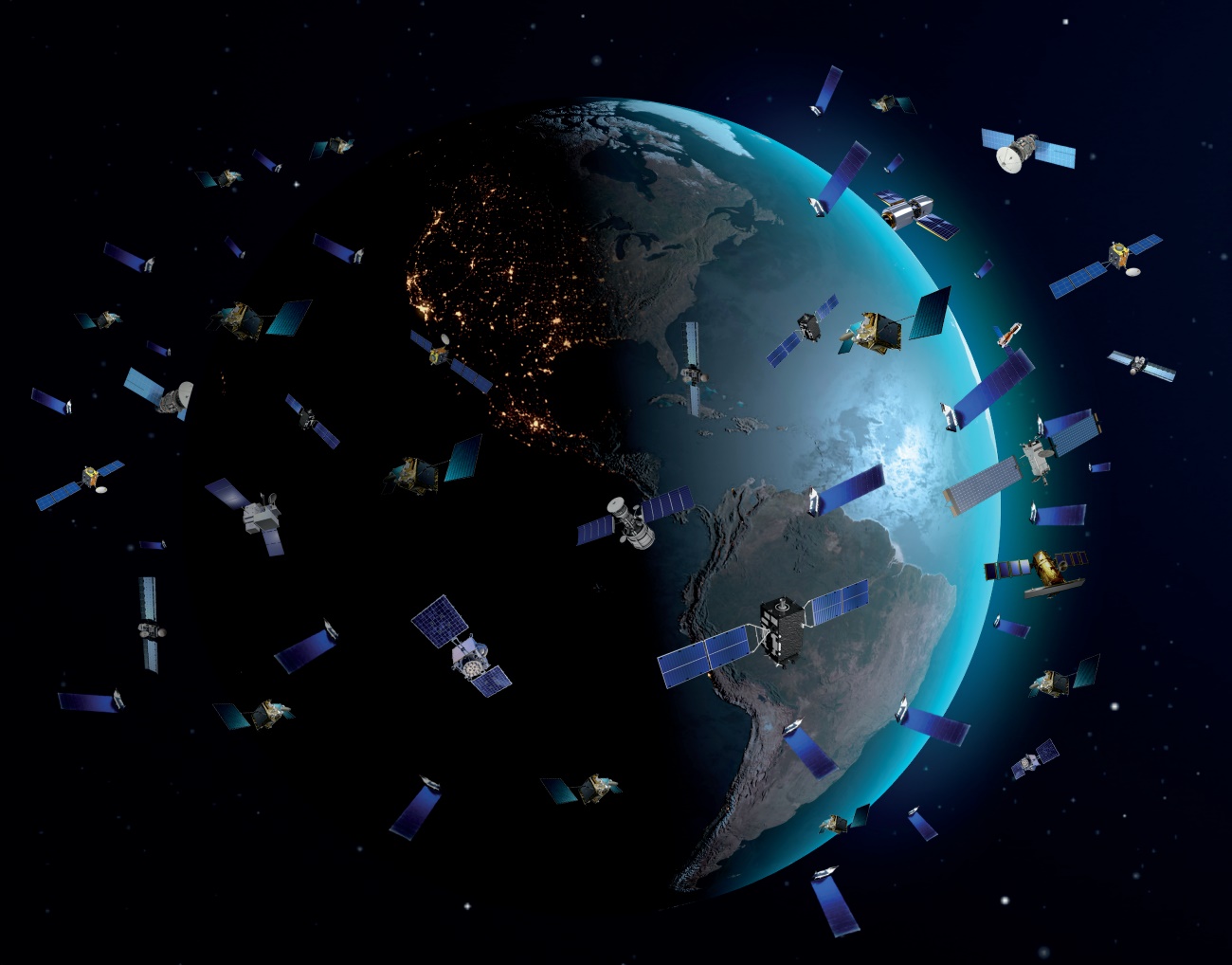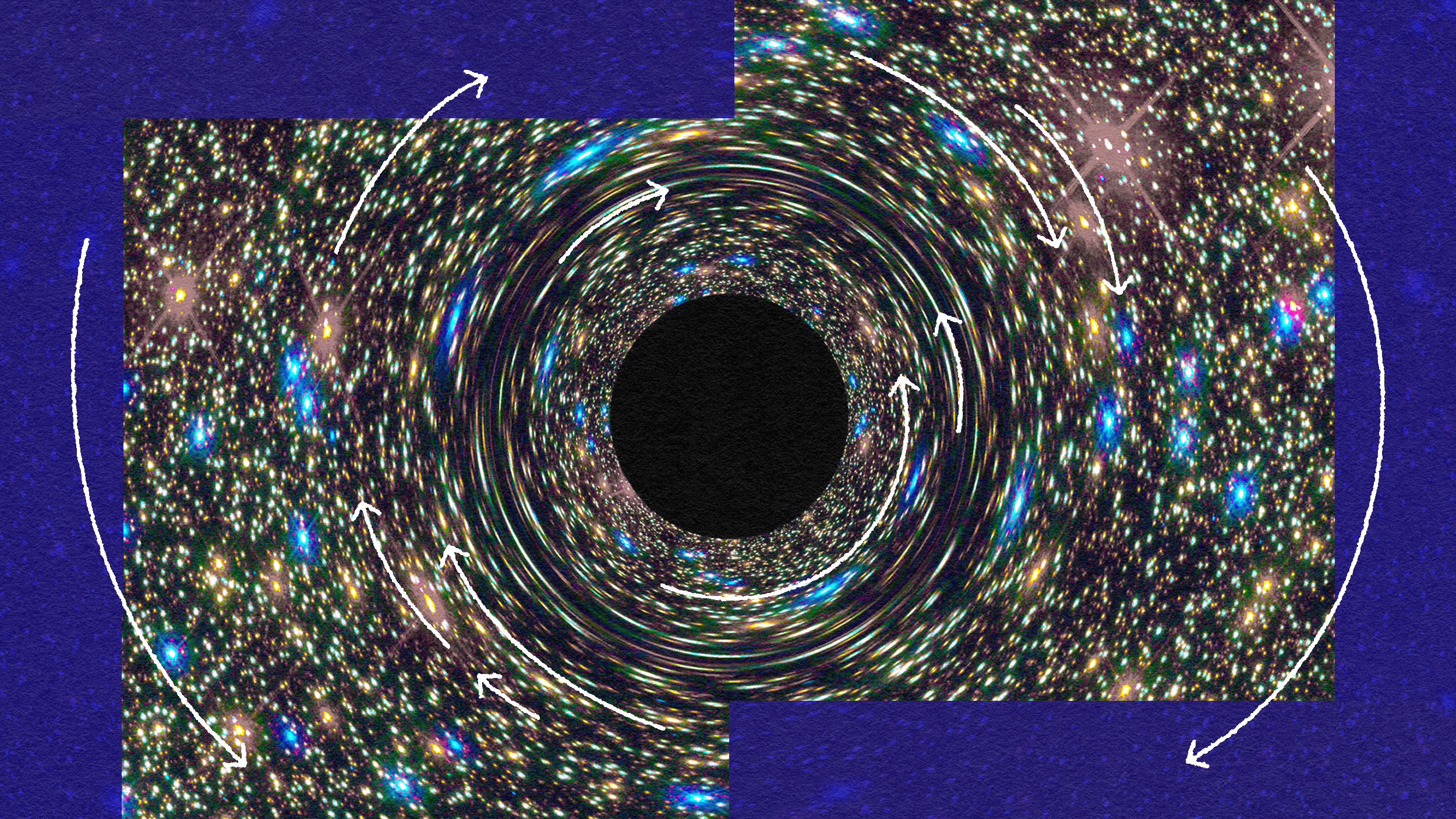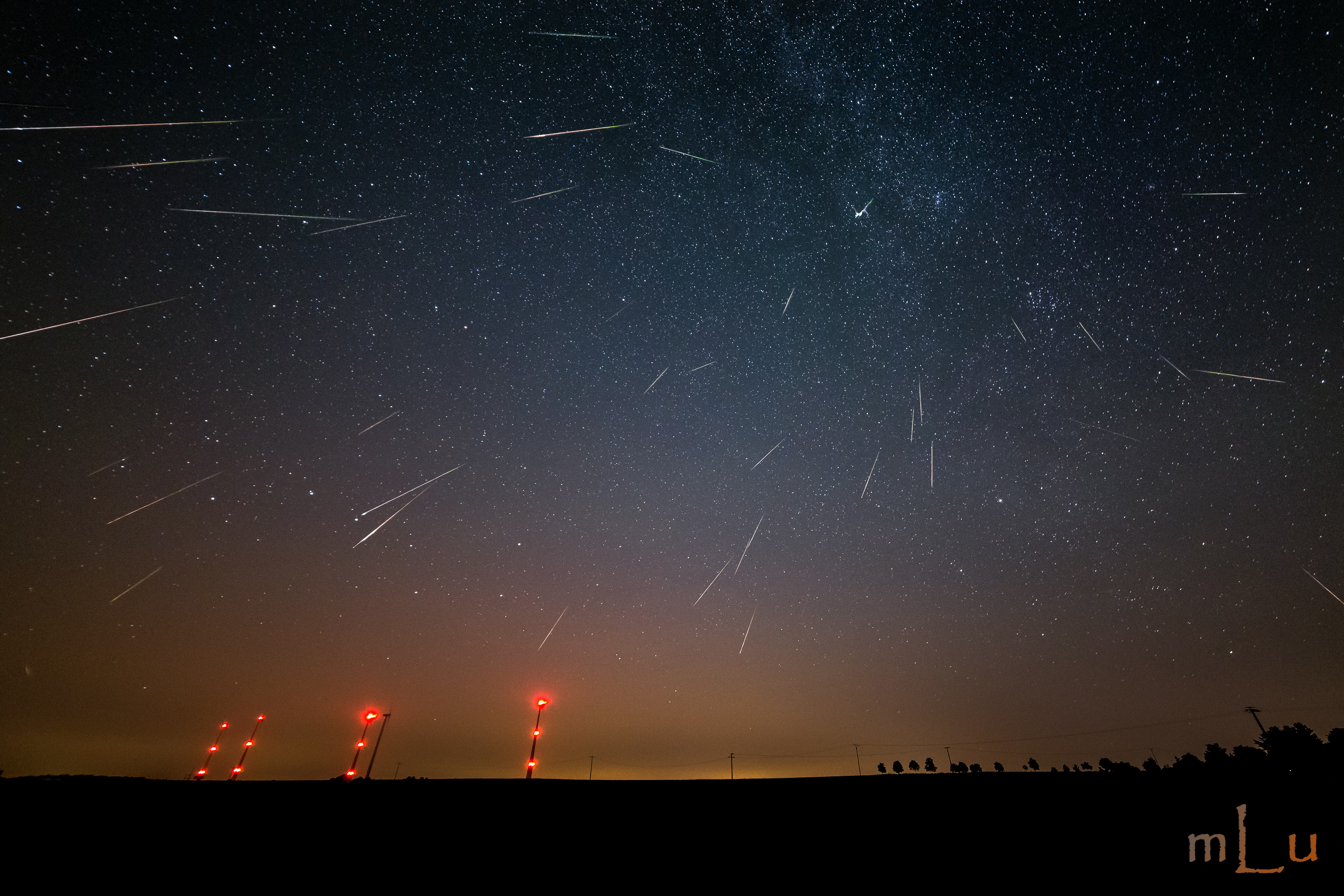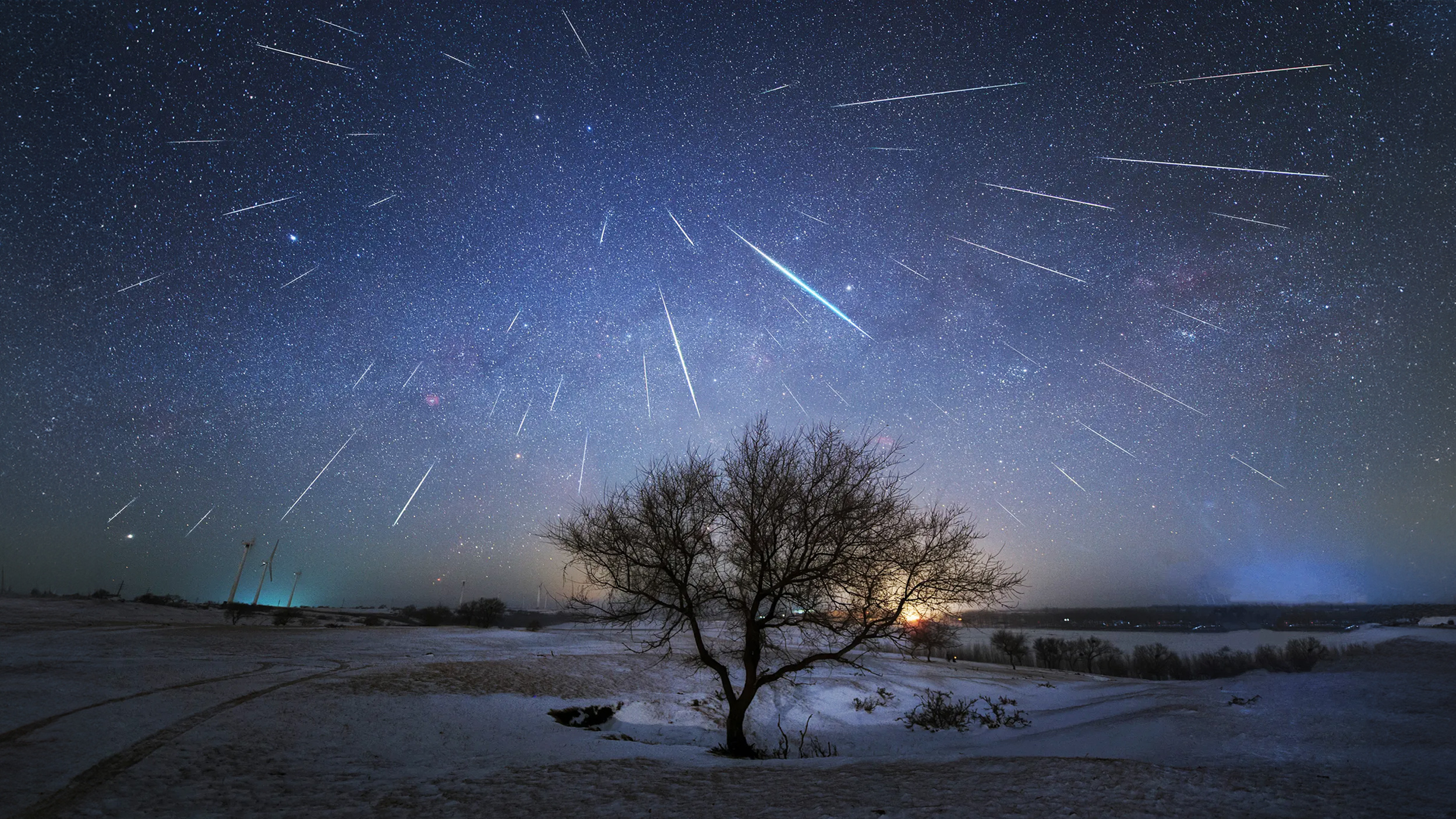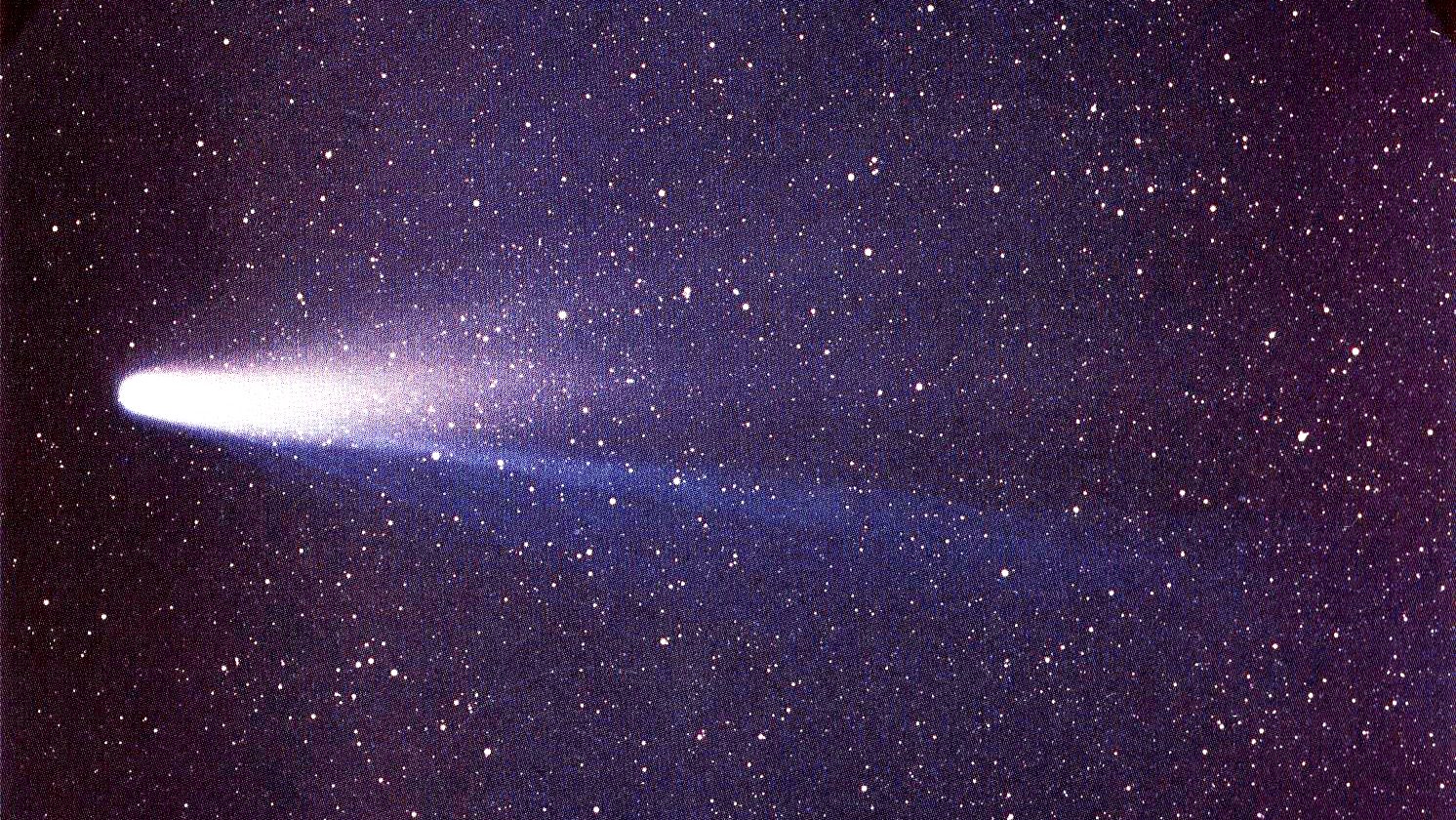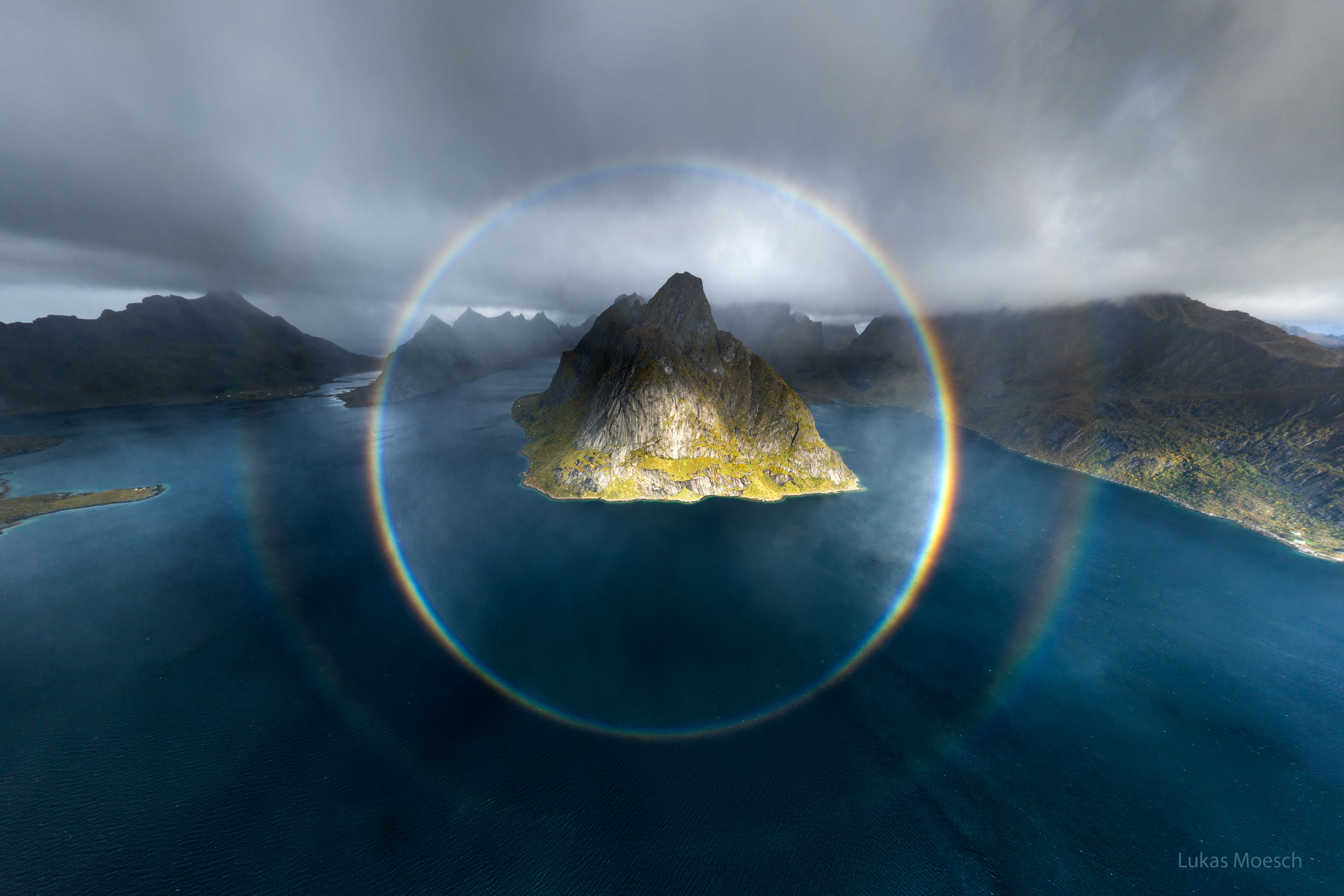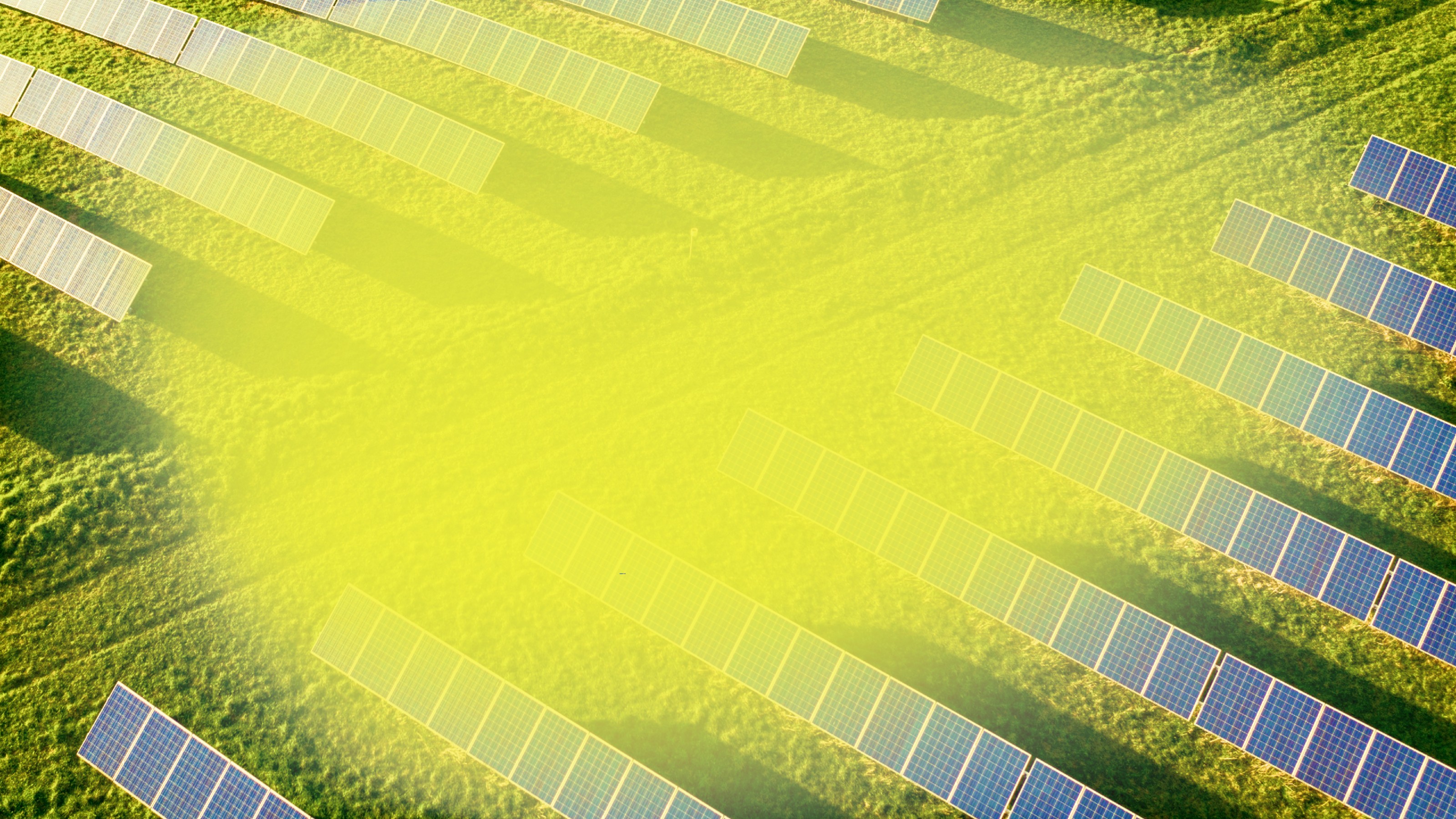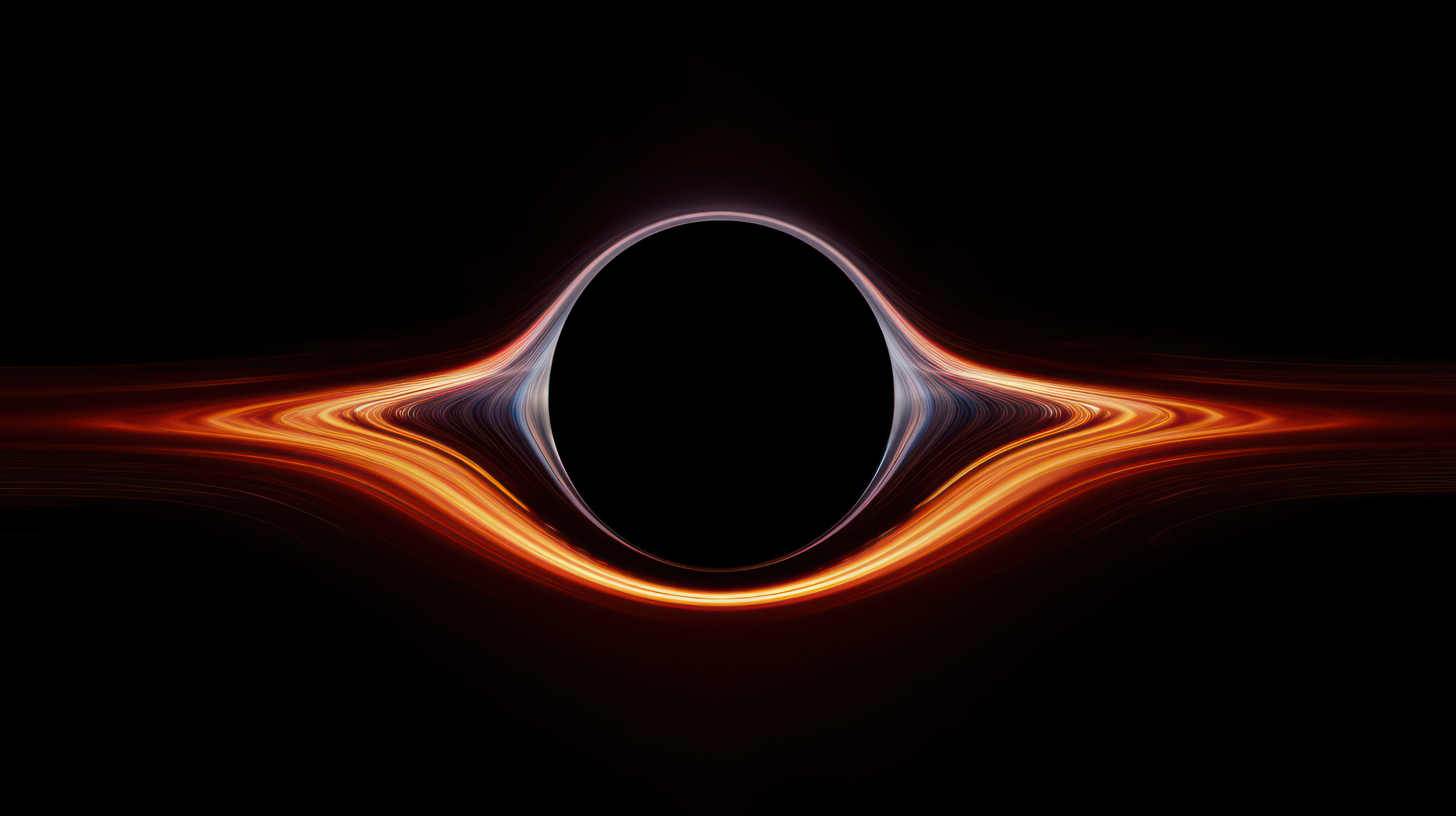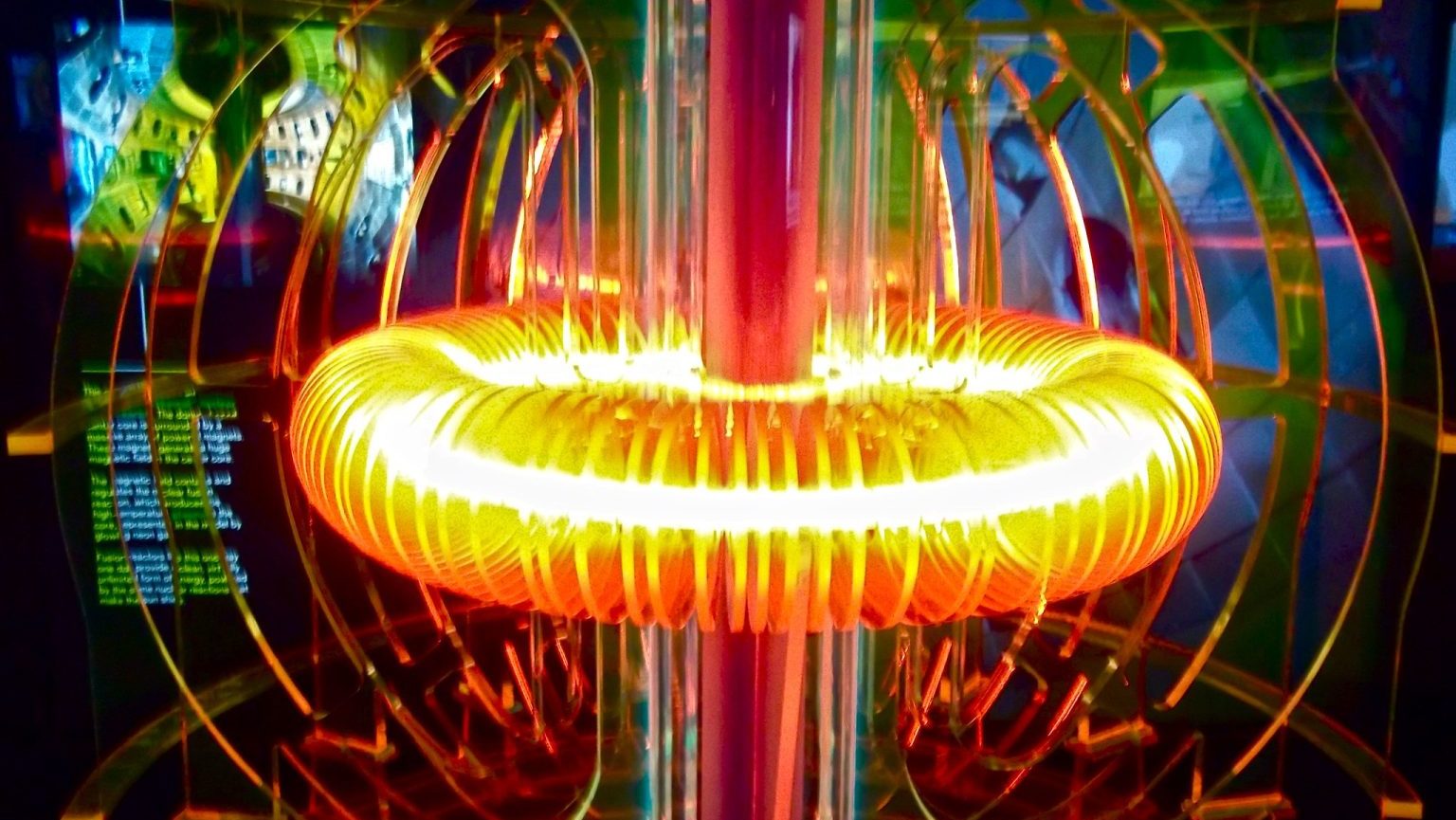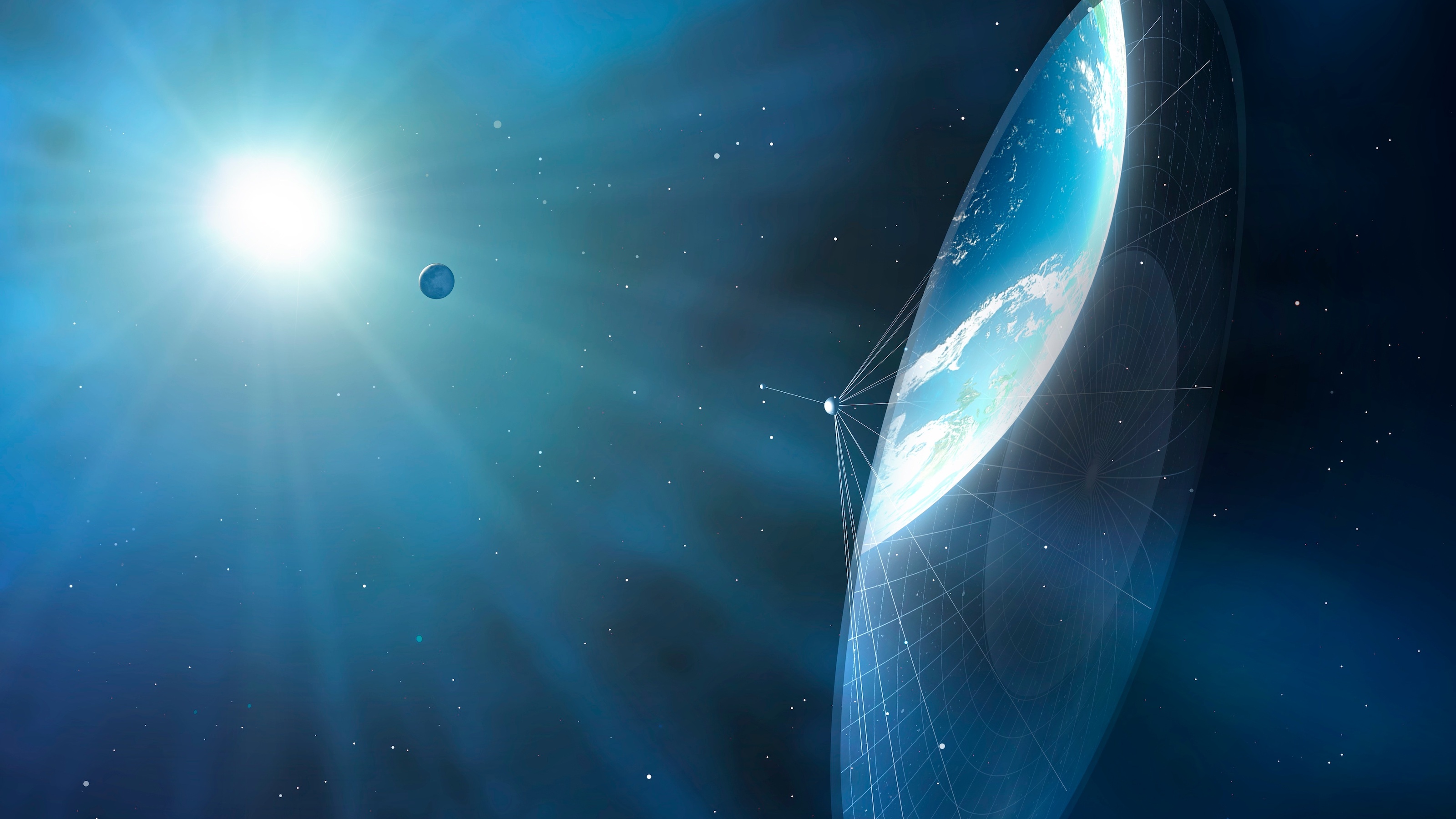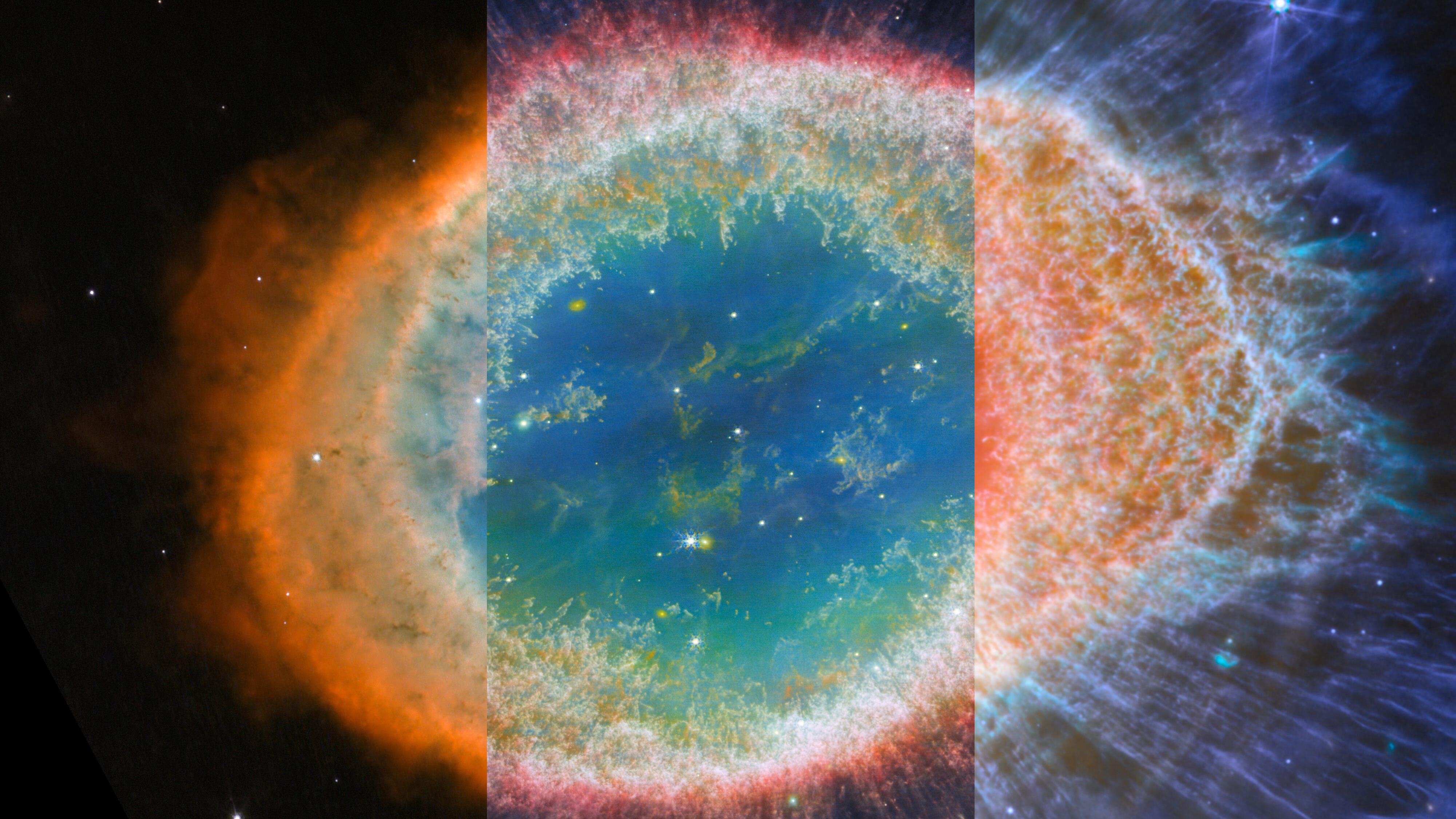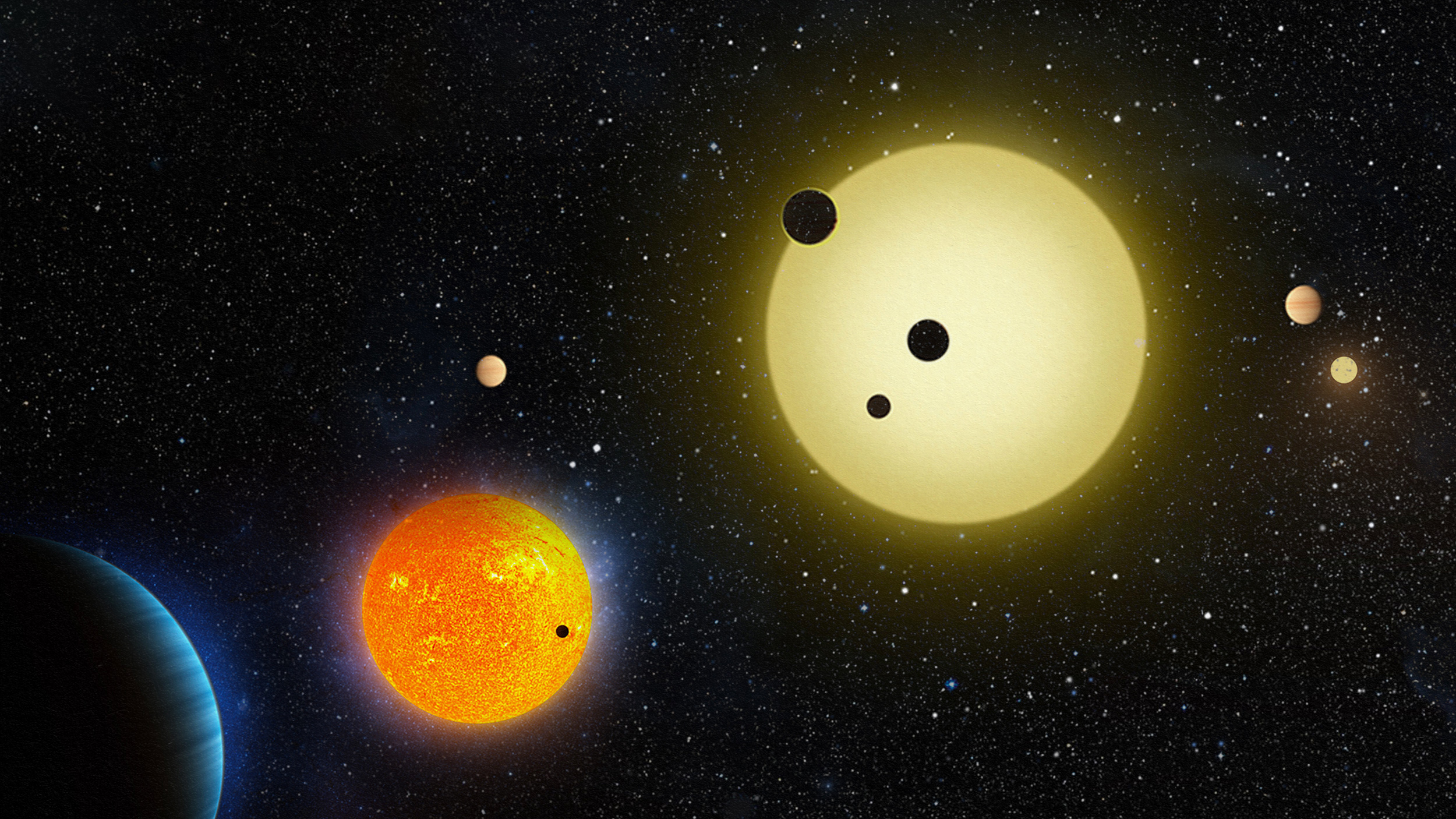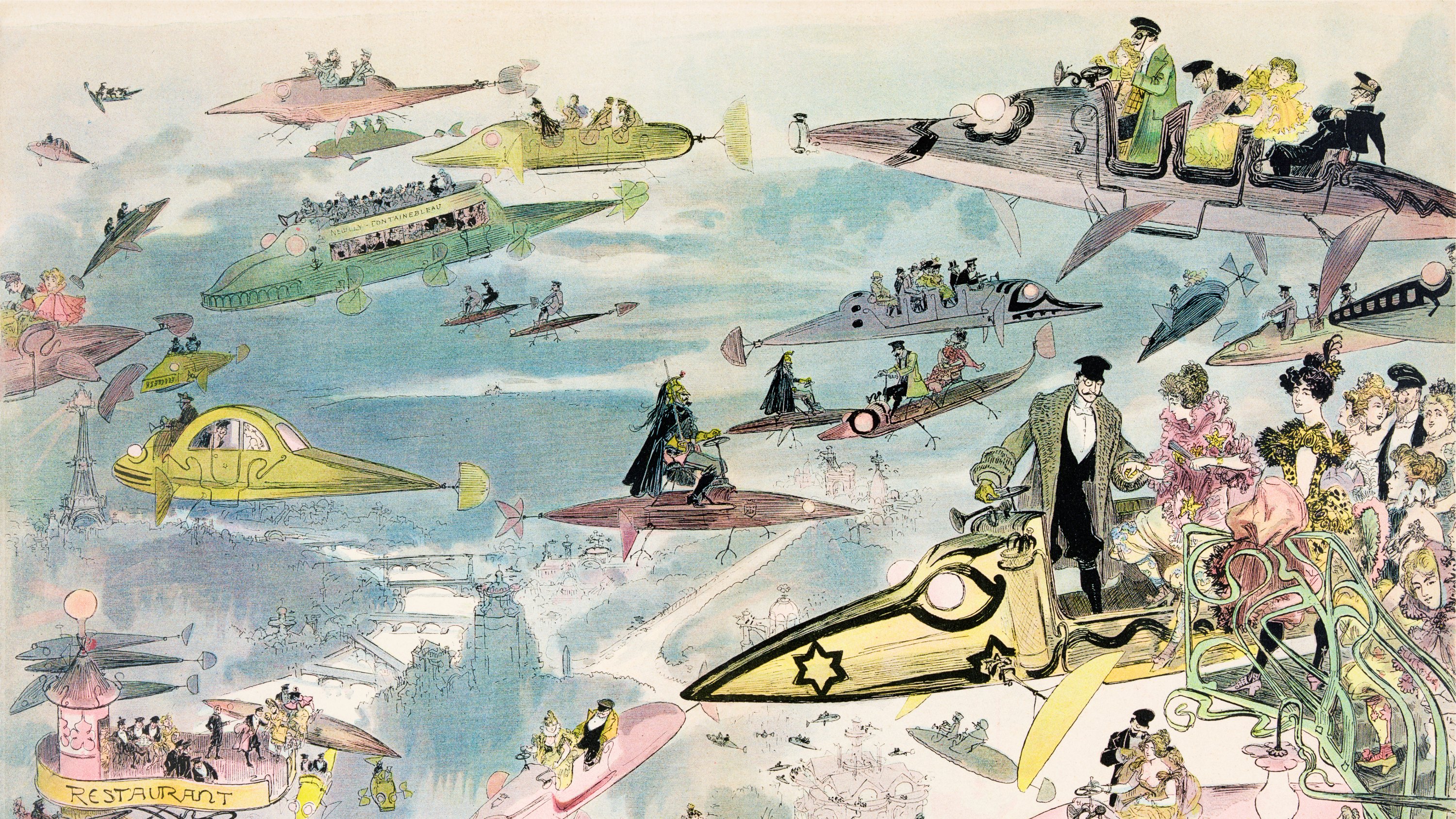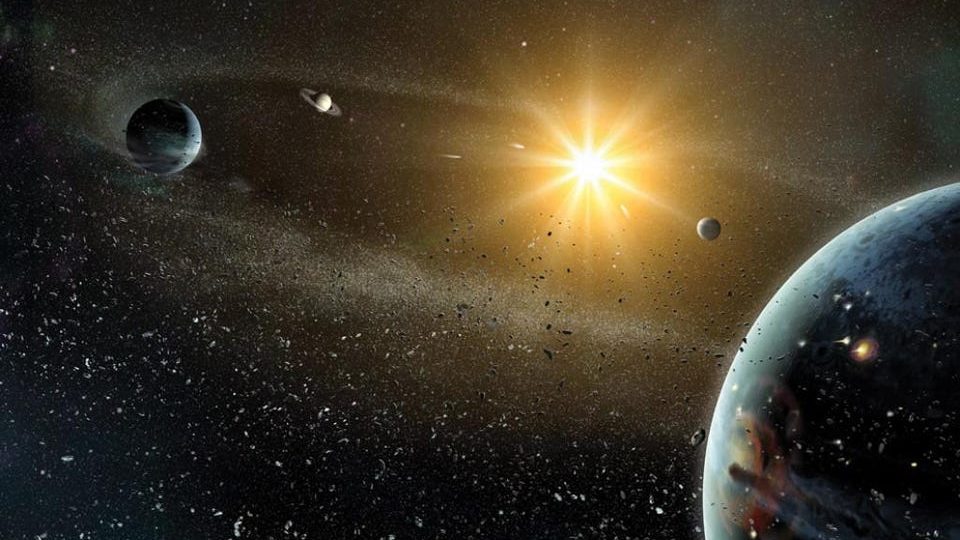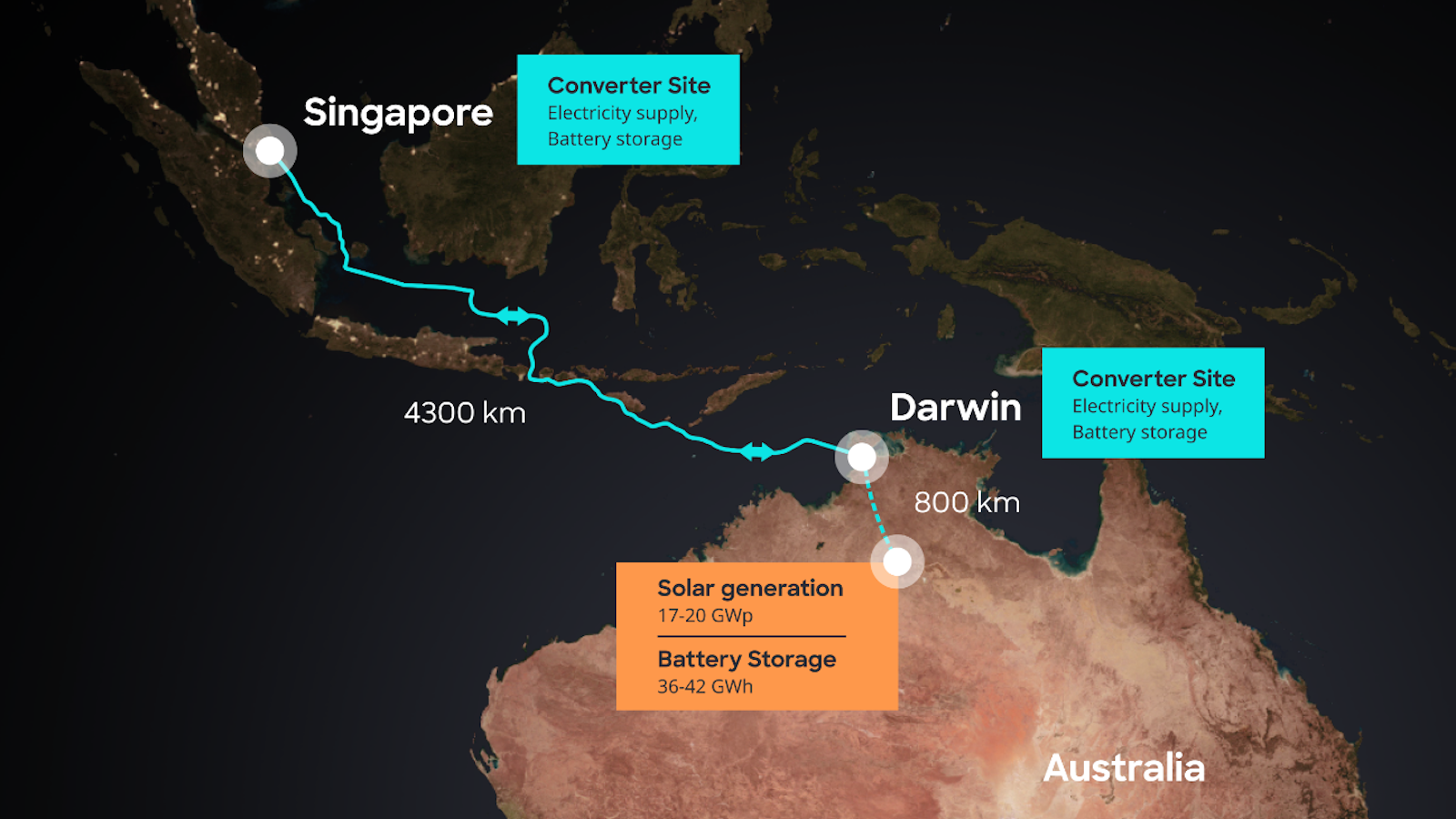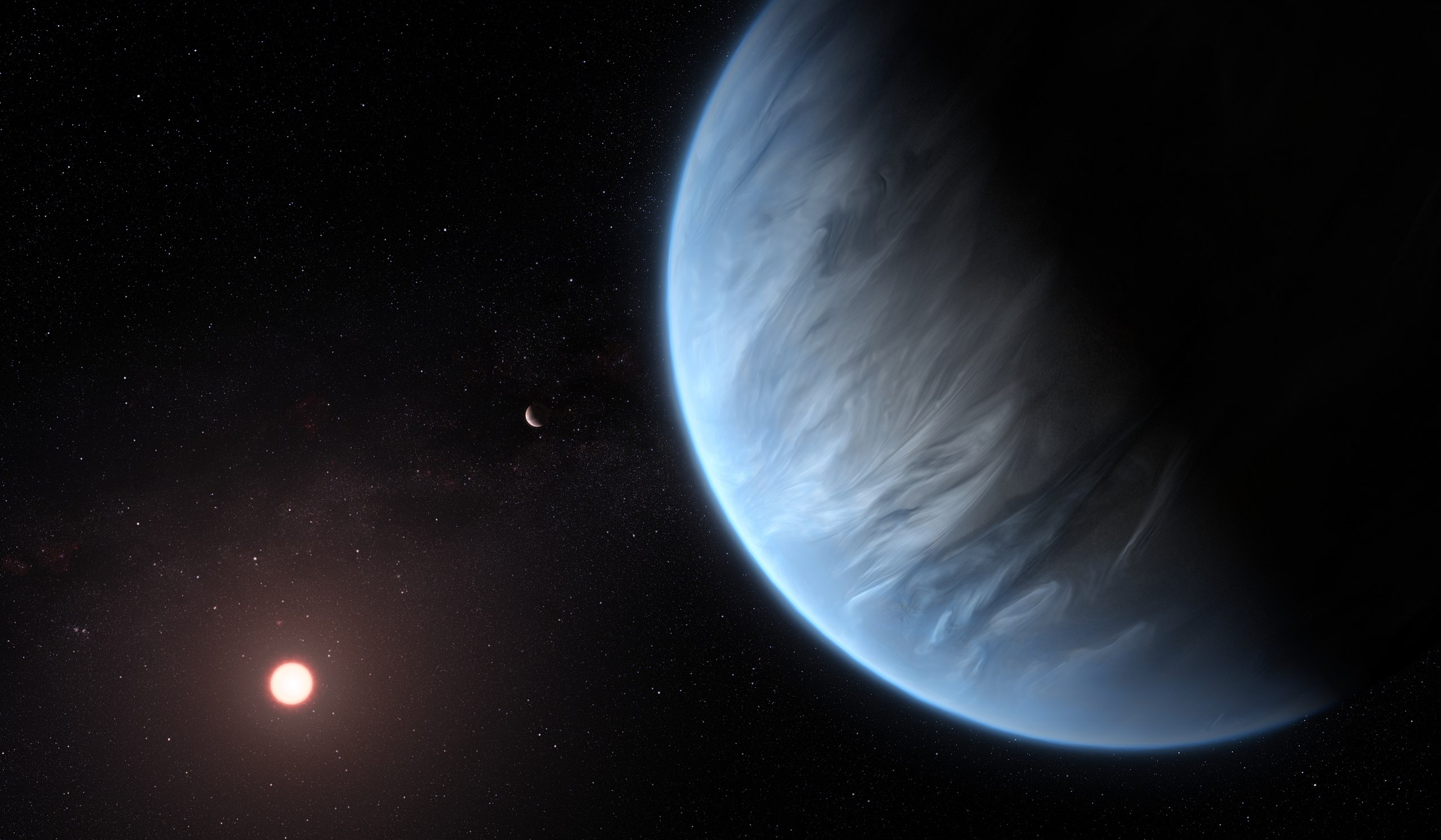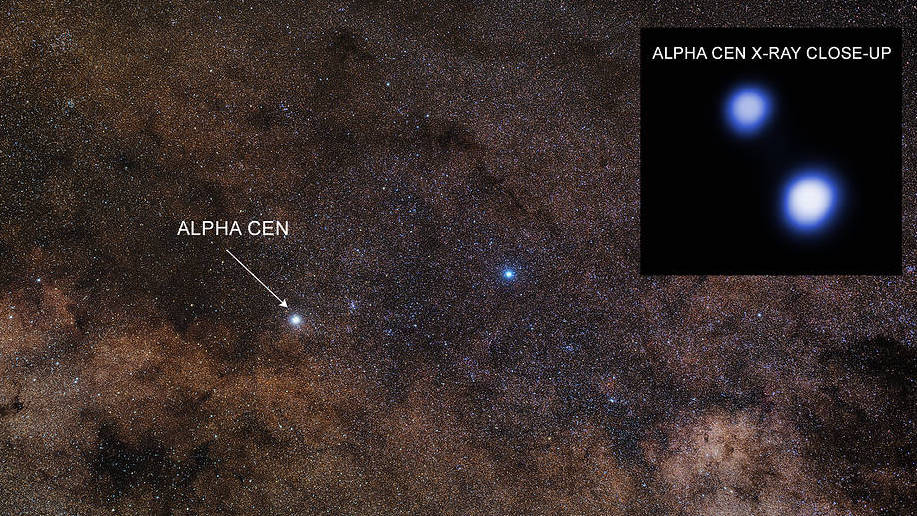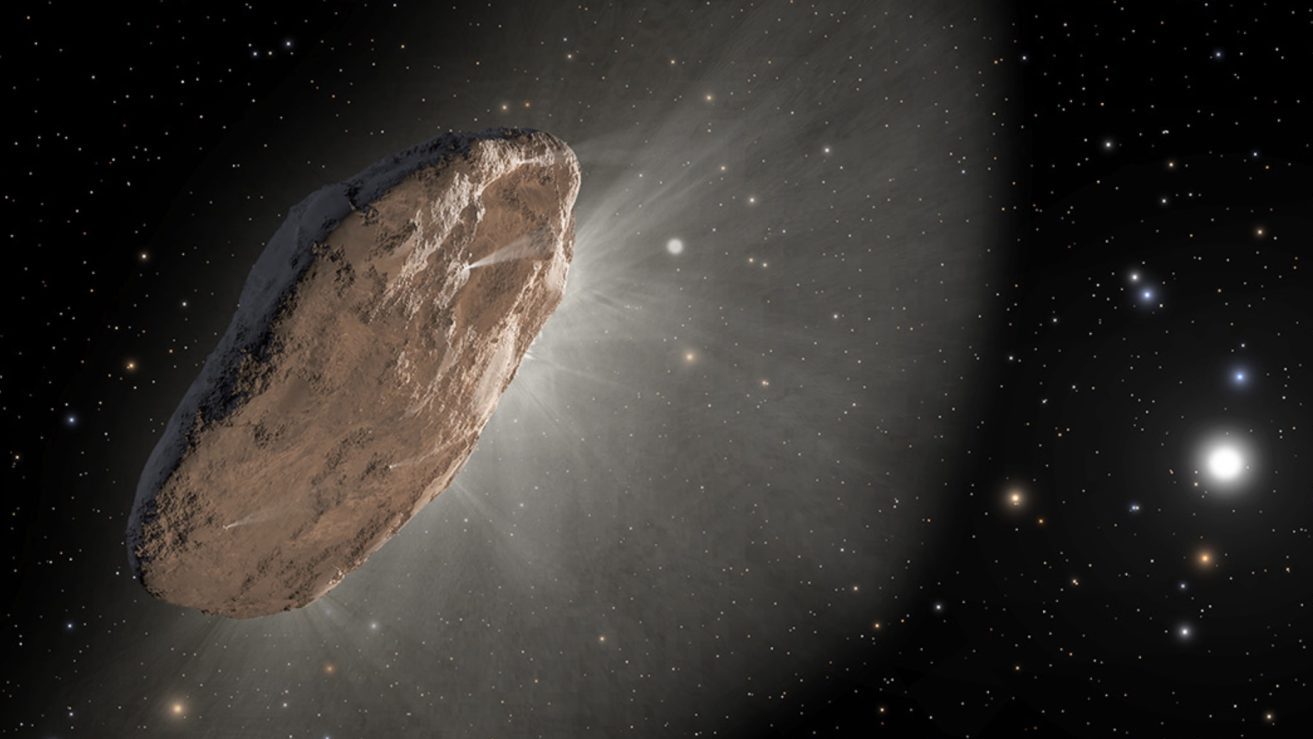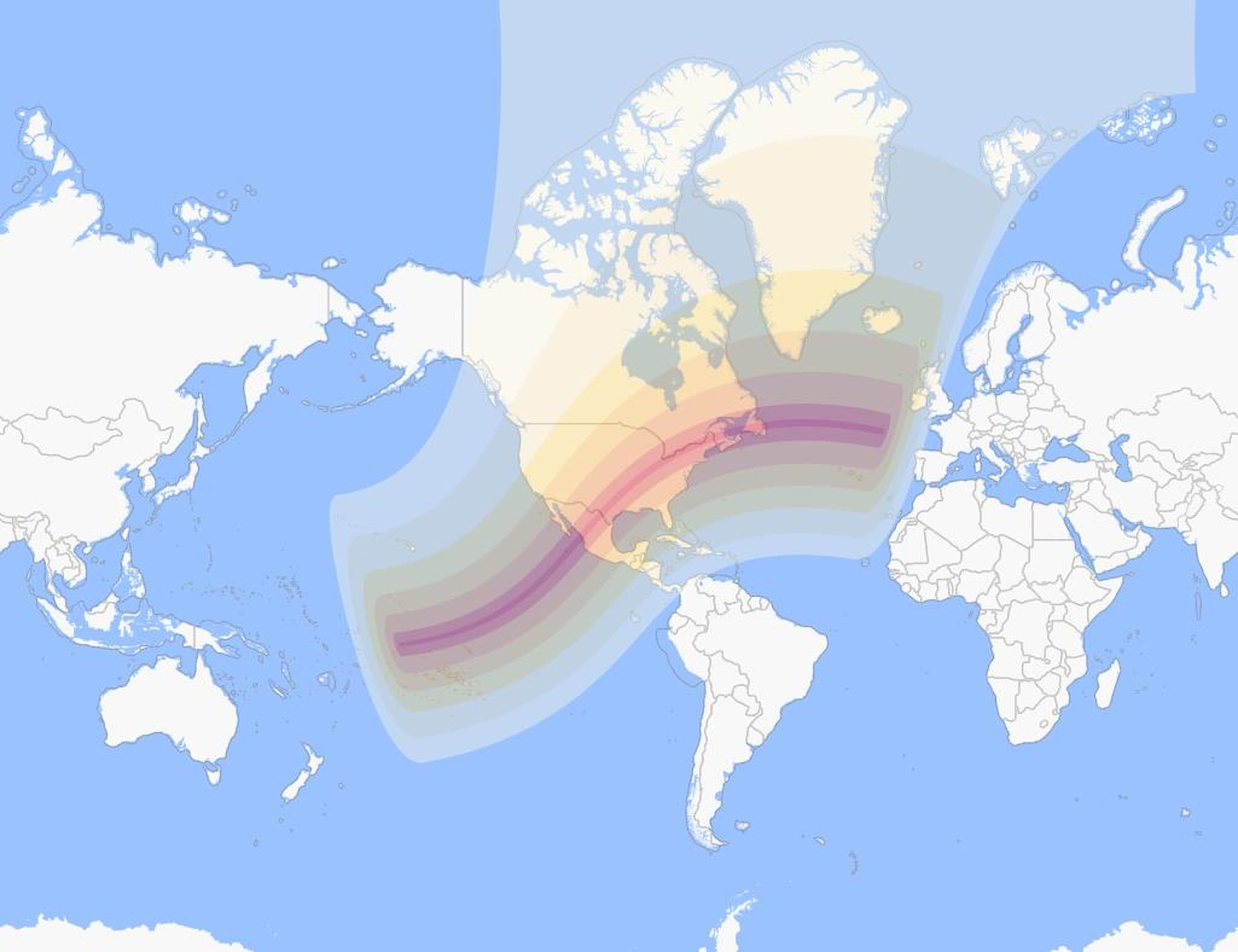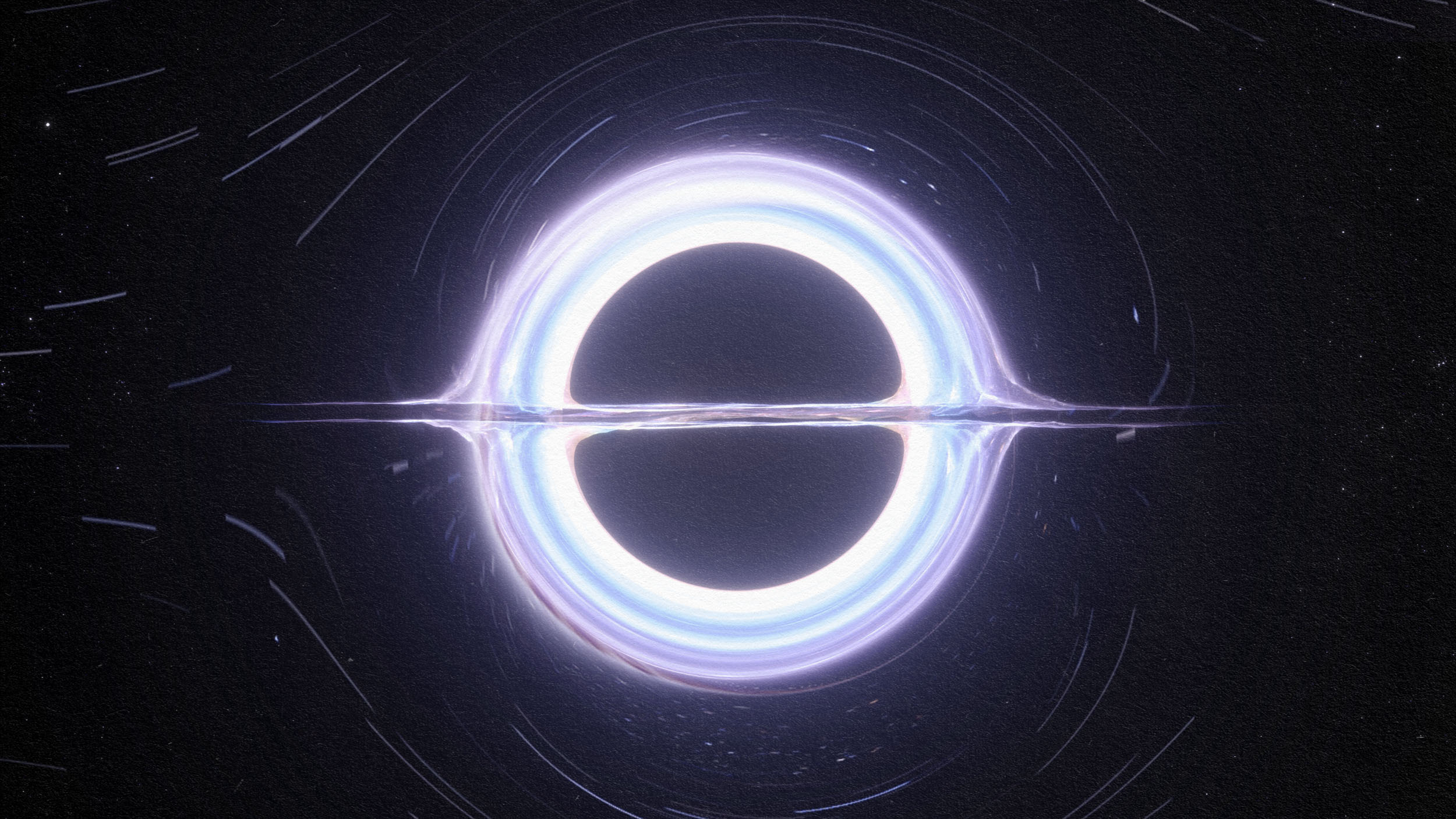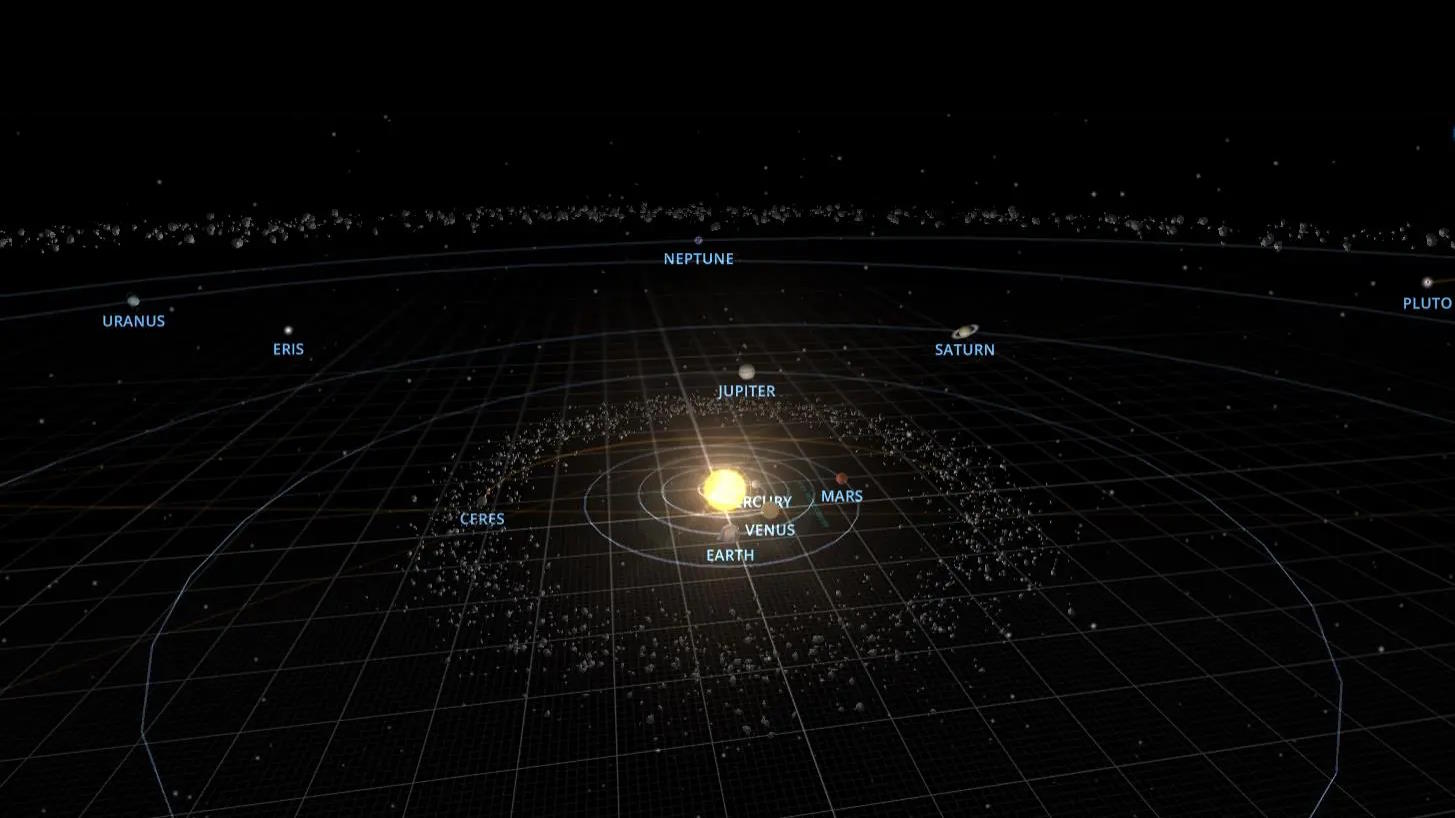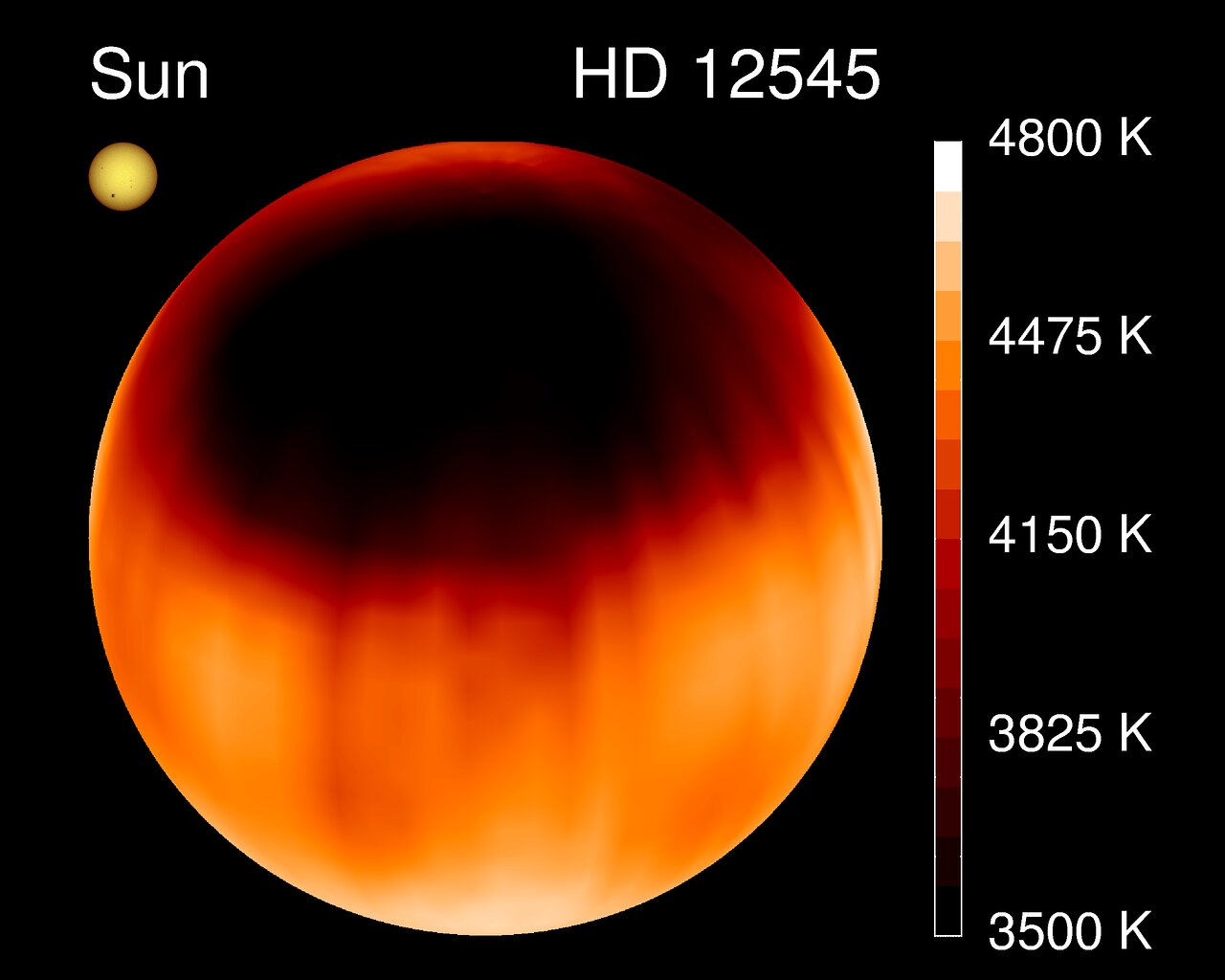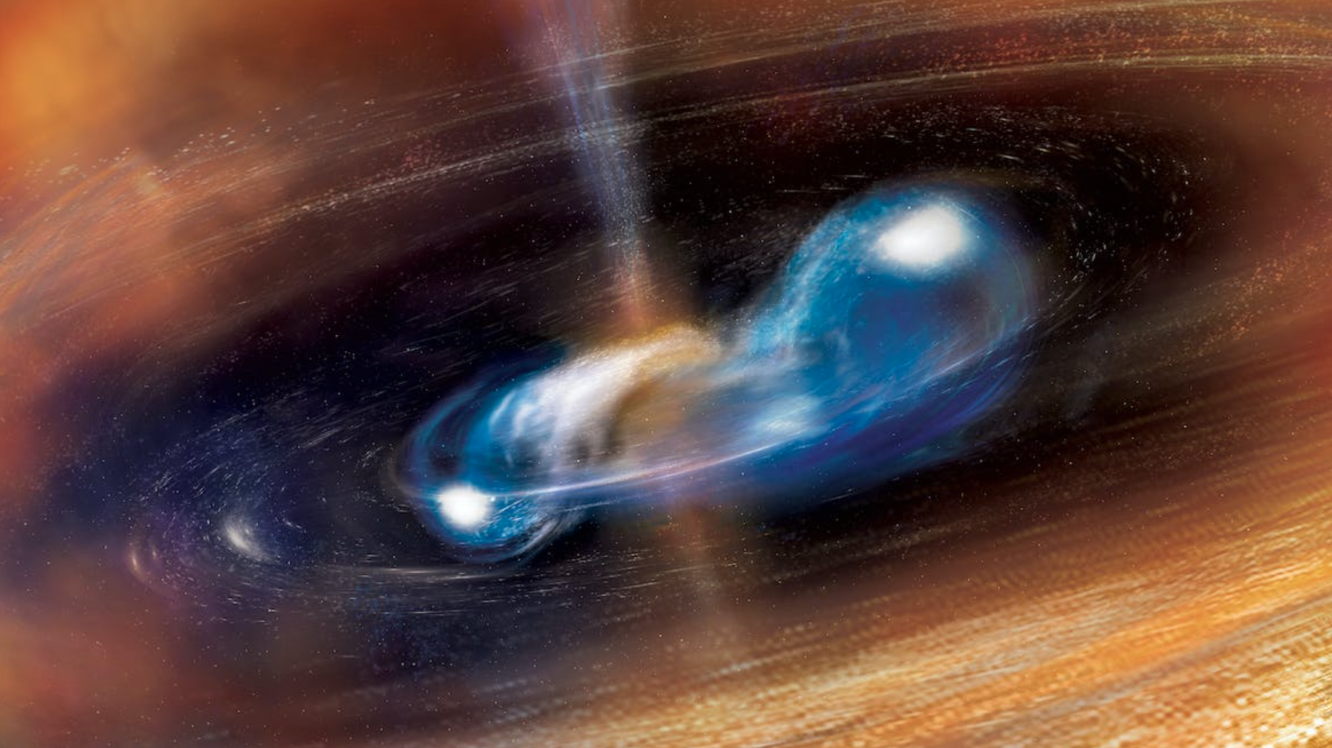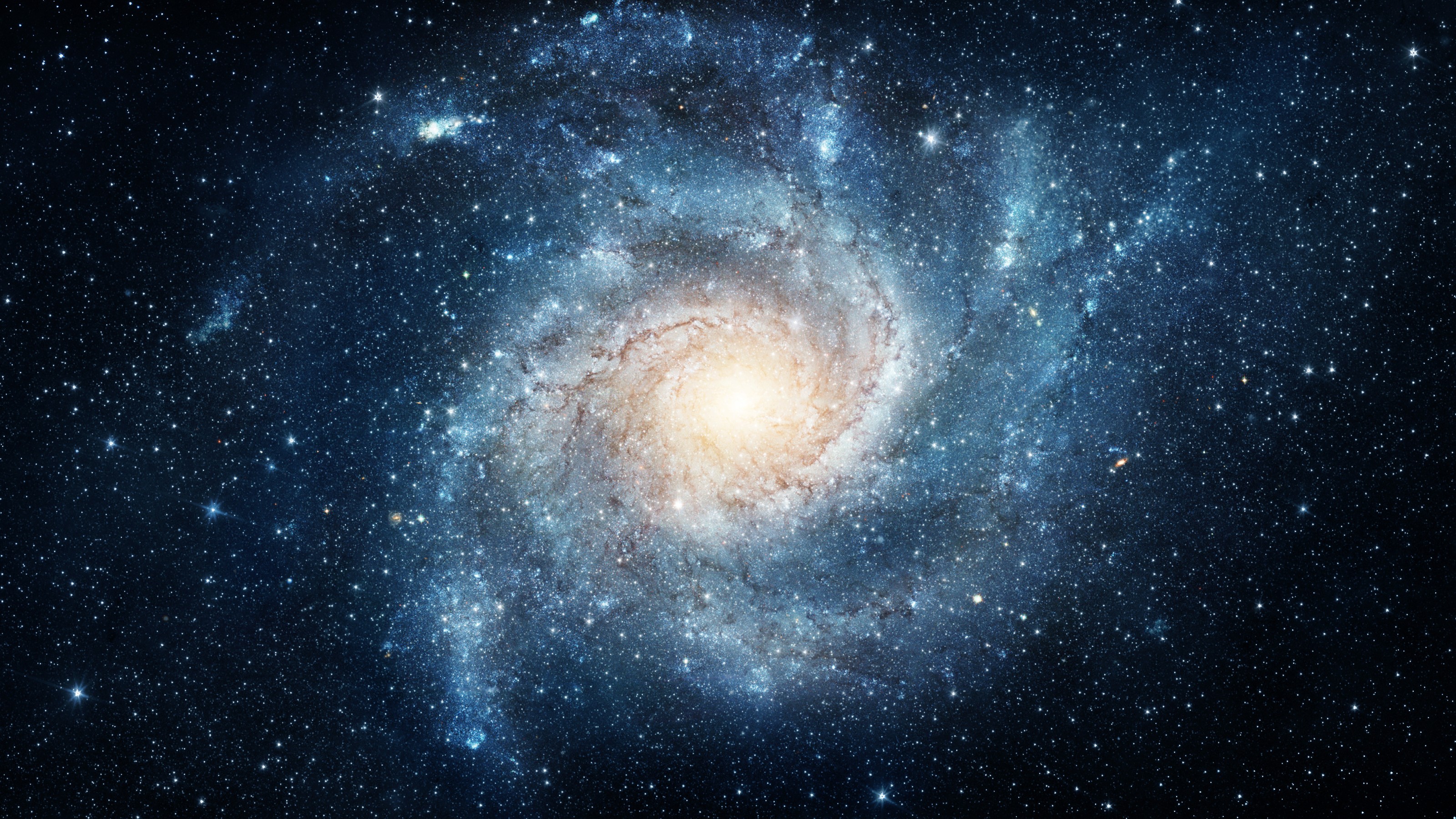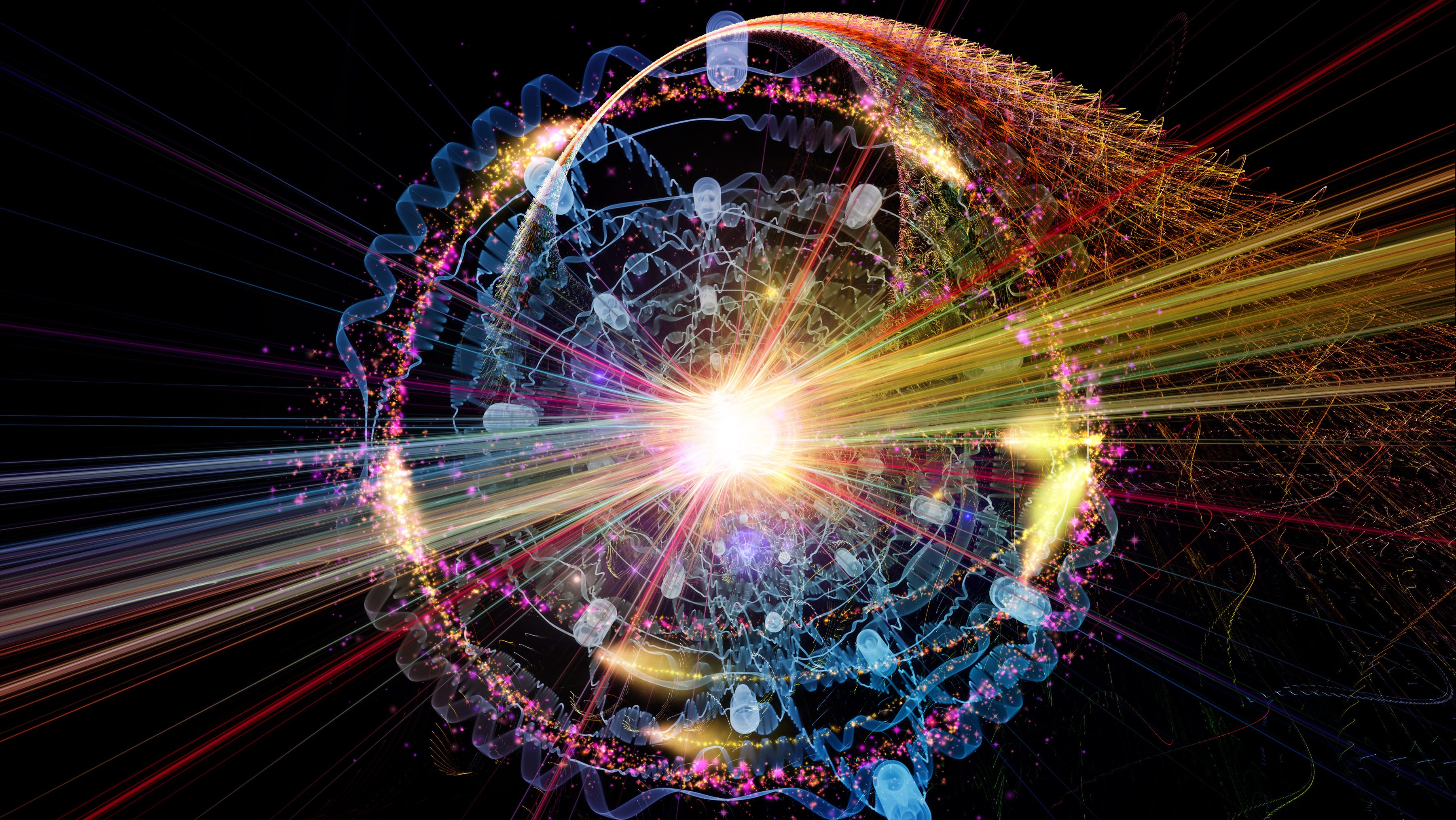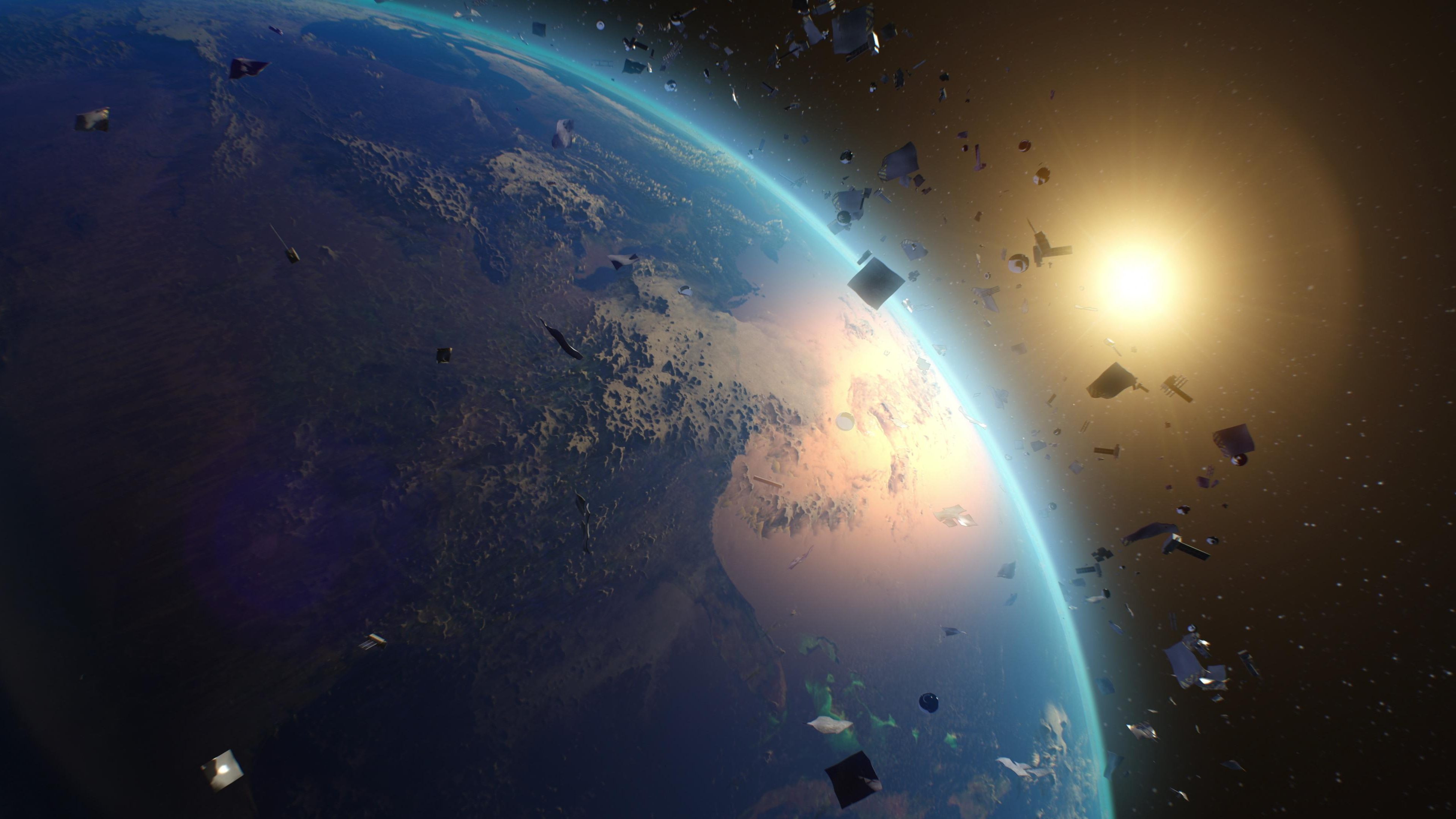Space weather poses a tremendous threat to all satellites, knocking all computer systems offline. Is that a recipe for Kessler syndrome?
Search Results
You searched for: sun
The Big Bang theory is not threatened, but astrophysicists have some explaining to do.
Time is relative, not absolute, as gravity and motion both cause time to dilate. Your head and feet, therefore, don’t age at the same rate.
Each year in mid-August, Earth plows through the debris stream of an enormous comet, creating the Perseids. 2023’s show will be magnificent!
Each December, the Geminid meteor shower puts on a show for skywatchers across Earth. With a new Moon at 2023’s peak, it’ll be outstanding!
On December 9, 2023, Halley’s Comet reached aphelion: its farthest point from the Sun. As it returns, here are 10 facts you should know.
Most of us only ever see a fraction of a full rainbow: an arc. But optically, a full rainbow makes a complete circle. Physics explains why.
A look back at the rise of solar power in the US and what’s next.
A recent paper in the journal Physical Review Letters claims to prove that a “kugelblitz” is not possible.
Strategy advisor Roger Martin explains how 2,000 year old military thinking is useful in modern business strategy.
▸
8 min
—
with
Scientists have been chasing the dream of harnessing the reactions that power the Sun since the dawn of the atomic era. Interest, and investment, in the carbon-free energy source is heating up.
It’s a radical but plausible idea.
The “Ring Nebula,” known for almost 250 years, is so much more than a Ring. With JWST’s capabilities, we’re seeing more than ever before.
Finding a tiny planet around bright stars dozens or hundreds of light-years from Earth is extremely difficult.
In revolutionary Russia, a group of forward-thinking philosophers offered an alternative to both futurism and communism.
For some reason, when we talk about the age of stars, galaxies, and the Universe, we use “years” to measure time. Can we do better?
Australia’s AAPowerLink boasts three global superlatives: largest solar farm, largest battery, and longest power cable.
Each of our three nearest stars might have an Earth-like planet in orbit around it. Here’s what we’ll learn when we finally observe it.
This oddball system of three stars might be our best chance at finding nearby life in the Universe.
The detection of two celestial interlopers careening through our solar system has scientists eagerly anticipating more.
Can two planets stably share the same orbit? Conventional wisdom says no, but a look at Saturn’s moons might tell a different story.
The next solar eclipse to occur over heavily populated areas is on April 8, 2024. For a spectacular show; here’s where the best views are!
Here’s why the answer may forever elude scientists.
Scientists are notoriously resistant to new ideas. Are they falling prey to groupthink? Or are our current theories just that successful?
When we look at our Sun, its properties are incredibly constant, varying by merely ~0.1% over time. But all stars don’t play by those rules.
In just a few seconds, a gamma-ray burst blasts out the same amount of energy that the Sun will radiate throughout its entire life.
In 1924, Edwin Hubble found proof that the Milky Way isn’t the only galaxy in the Universe.
The visible Universe extends 46.1 billion light-years from us, while we’ve probed scales down to as small as ~10^-19 meters.
With the invention of the leap year, the Julian calendar was used worldwide for over 1500 years. Over time, it led only to catastrophe.
